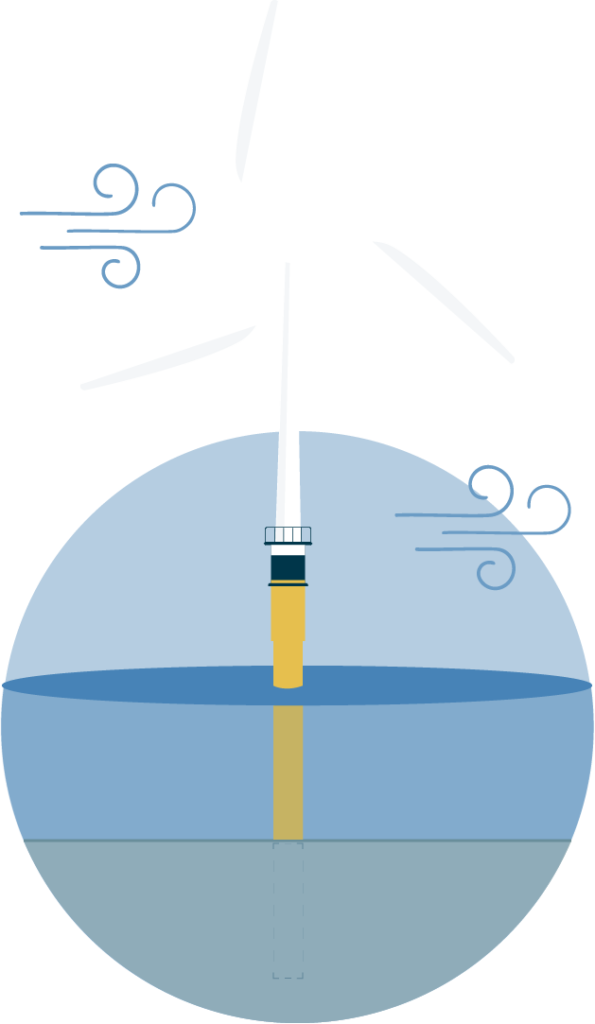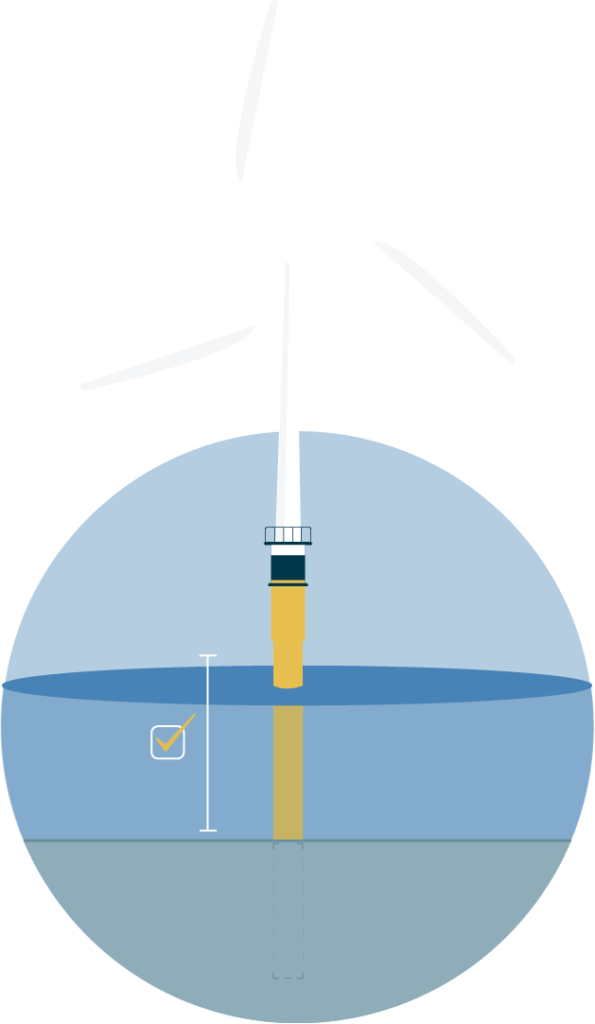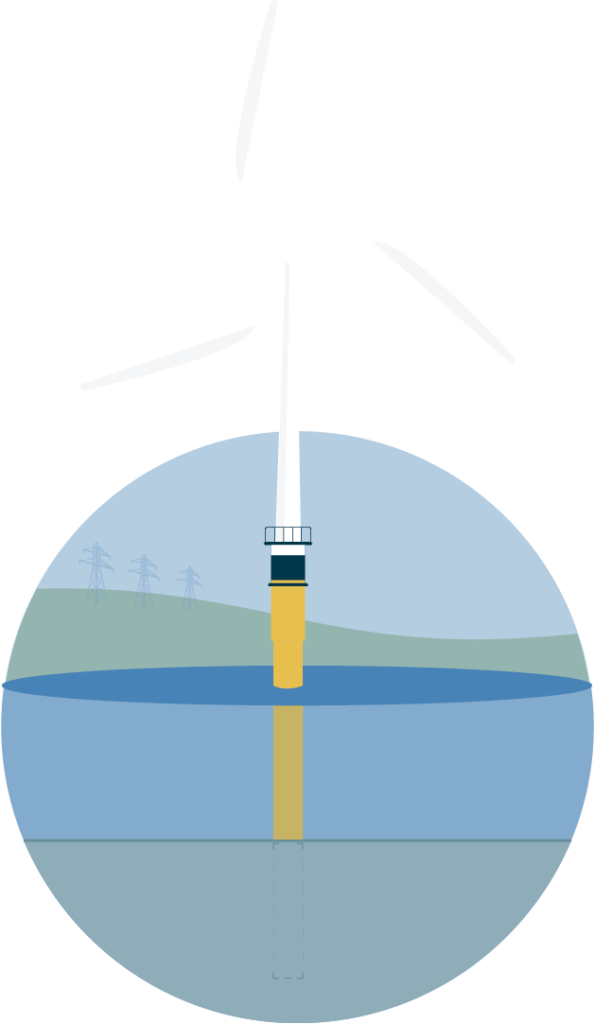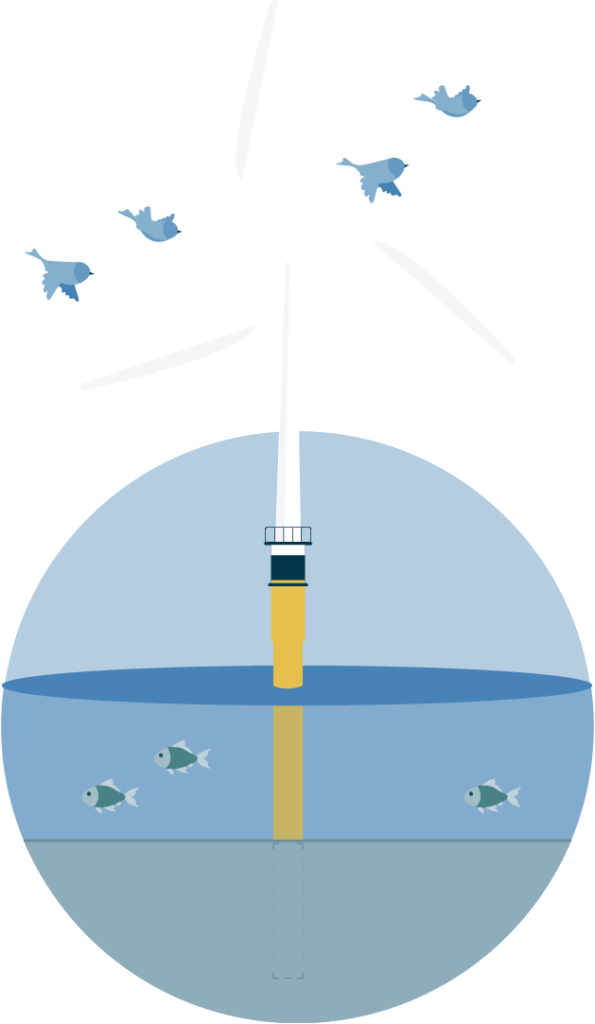The offshore wind sector has gained much attention lately. Whether it is due to historically large tenders, the Not In My Backyard (NIMBY) issues, where residents oppose wind turbines near their homes, or the prospect of higher power generation thanks to stronger offshore winds is uncertain.
The fact is that the renewable energy industry sees immense potential in offshore wind. However, it is not as simple as placing turbines in the ocean and walking away. Developing offshore wind farms involves numerous steps and challenges that must be carefully navigated.
Site selection and feasibility studies are among the initial steps in developing an offshore wind farm or any wind farm.
Site selection involves wind resource assessments, environmental impact studies, or proximity to grid connection to identify the ideal location for the wind farm.
On the other hand, feasibility studies assess whether the technical requirements for construction and operation are feasible and determine whether the project is financially and legally viable.
So, what exactly is the ideal site for an offshore wind farm? This blog post gives four characteristics of the perfect offshore wind farm location.
1 High and consistent wind speeds

One of the first reasons offshore wind is so attractive is that the potential for energy generation is typically higher. That is because stronger winds can be found in the sea.
However, wind strength is not the only factor to consider – locations with consistently high wind speeds are ideal as they maximize energy production. Wind stability and predictable wind patterns ensure a reliable and steady energy output, reducing fluctuations in power generation.
This is beneficial in maintaining the balance of the grid, which is one of the biggest challenges that renewable energy sources pose to the current electricity grid.
2 Suitable water depths and seabed
Technically speaking, it is not all throughout the sea that we can install wind turbines. This is because not all depths are suitable – shallow to moderate depths are best. Water depths between 20 to 50 meters are generally preferred as they allow for easier and less costly installation of turbine foundations.
At the same time, the seabed must also be suitable for anchoring the turbine foundations securely, whether they are monopiles, jackets, or floating structures. While monopiles are designed for shallow and moderate depths, jackets can be used as foundations for waters deeper than 30m. Floating structures are suitable for deeper water levels, opening new areas for the development of offshore wind power. Bigger wind turbines with bigger blades can be installed further out in the sea thanks to the floating base – and with bigger turbines comes higher power production. However, floating turbines are still subject to extensive research and development.

3 Proximity to the electrical grid

What good does a new and extensive offshore wind farm do if we cannot connect it to the grid and distribute all the generated power? That is exactly why it is crucial to consider access to the electrical grid before developing an offshore wind farm. As they are installed further away in the sea, these sites are harder to connect to the grid than onshore wind farms, which means it is one of the biggest downsides to offshore wind.
Sites closer to the shore reduce the distance of electricity transmission, which minimizes transmission losses and costs. Additionally, proximity to existing electrical grid infrastructure or substations simplifies the connection process and reduces additional construction costs.
These must be considered while choosing the perfect location for your offshore wind farm or any other farm, as connecting to the grid to be able to sell the generated clean energy is a crucial part of any power plant project.
4 Minimal environmental and social impact
Last but not least, it is important to consider the environmental and social impact. Wind turbines and the effort to create cleaner power are part of the bigger goal: the green energy transition. But it is essential not to forget that this bigger goal is for the benefit of both wildlife and human life.
Hence, it is important to consider areas with minimal impact on marine life, bird populations, and sensitive ecosystems for offshore wind farms. Comprehensive environmental assessments are often, if not always, mandatory to avoid disruption of local habitats.
Additionally, locations away from busy shipping lanes, fishing grounds, and recreational areas minimize conflicts with human activities and reduce potential opposition. This is important to prevent any resistance from, for example, local NIMBY movements.











